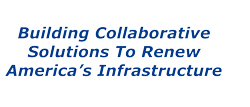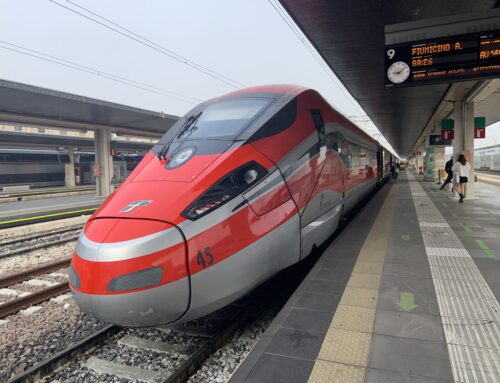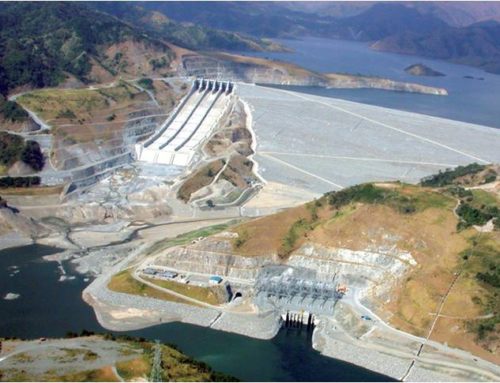 Periodically we see news reports in the U.S. about the latest challenged P3 project, usually followed by the latest major contractor to depart this important slice of the infrastructure market. Clearly, the U.S. P3 market is still experiencing growing pains. However, we need to grow up quickly, if we want to achieve all the benefits from P3s to help meet the demands of the economic recovery from the impact of Covid-19. In order to do this, the care and maintenance of the “partnership relationship” in P3s should become a much higher priority. With that in mind, a different model would certainly help for early and ongoing identification and collaborative resolution of conflicts.
Periodically we see news reports in the U.S. about the latest challenged P3 project, usually followed by the latest major contractor to depart this important slice of the infrastructure market. Clearly, the U.S. P3 market is still experiencing growing pains. However, we need to grow up quickly, if we want to achieve all the benefits from P3s to help meet the demands of the economic recovery from the impact of Covid-19. In order to do this, the care and maintenance of the “partnership relationship” in P3s should become a much higher priority. With that in mind, a different model would certainly help for early and ongoing identification and collaborative resolution of conflicts.
An impartial, P3 Conciliator is one such new concept for P3s. Conciliation is a form of mediation. Like mediation, the conciliator has no authority to issue binding decisions but rather serves as a catalyst for the parties to resolve their conflicts. As in mediation, conciliation can be confidential and should involve impartial third parties with no conflicts of interest. This conciliator role would involve: facilitating early collaborative dispute resolution; structuring and scheduling timely negotiations on contract issues; and proposing alternative solutions where appropriate to resolve conflicts. The conciliator’s client is the “project” as opposed to any given party. Although the P3 Conciliator would be intended to be more proactive than a normal mediator, the contracting parties would still be in total control of the resolution.
The P3 Conciliator should be familiar with the type project involved. He or she could be likened to the concept of “ombudsmen”, used in many organizations such as universities, and are retained in an ongoing, on-call basis. Over the years, various roles for standing neutrals have been developed for construction projects, including dispute review boards and adjudicators. These methods have been effective when used properly, but still involve an adversarial process, which can foster adversarial relationships. As with mediation, in conciliation the emphasis is on collaboration. Collaborative processes can offer innovative solutions to problems which can go beyond the narrow issue at hand, and maintain, if not improve relationships.
The concept of facilitated “partnering” has also been used in various forms for the past several decades. Partnering facilitators are typically not skilled in mediation or conflict resolution. Their efforts in building trust and better communication are surely very important. However, a safety net needs to be in-place for times when trust and communication become challenged, as they often do on almost any project. By engaging a P3 Conciliator skilled in mediation, who promotes collaborative processes throughout the project, that safety net is in place. The individual conciliator (or company) should have technical and contract knowledge, to help identify and resolve issues as they come up and not allow anything to fester.
Since greater public-private “collaboration” is the goal of best P3 models, the role for a P3 Collaborator should be established to assist in enhancing relationships and ensuring the benefits of collaboration in project outcomes. As Albert Einstein said “we cannot solve our problems, with the same thinking we used when we created them”. U.S. P3s need some new rethinking.






